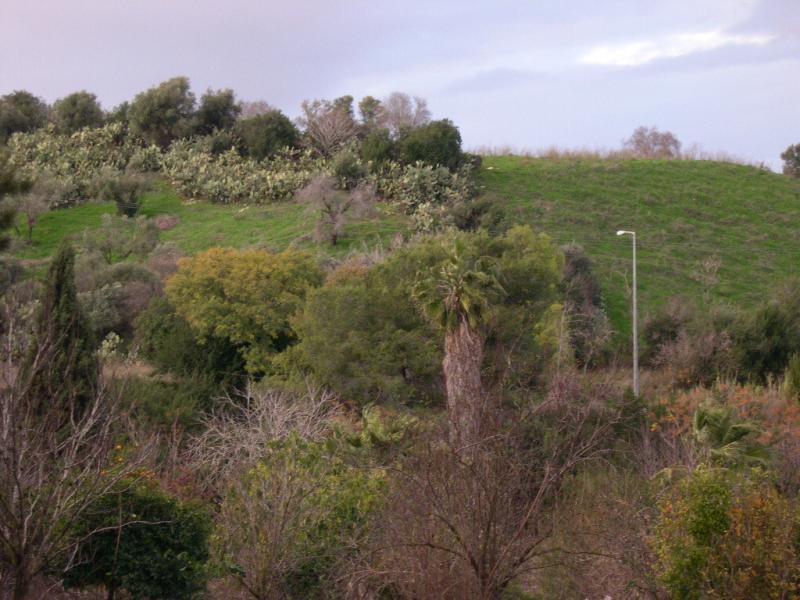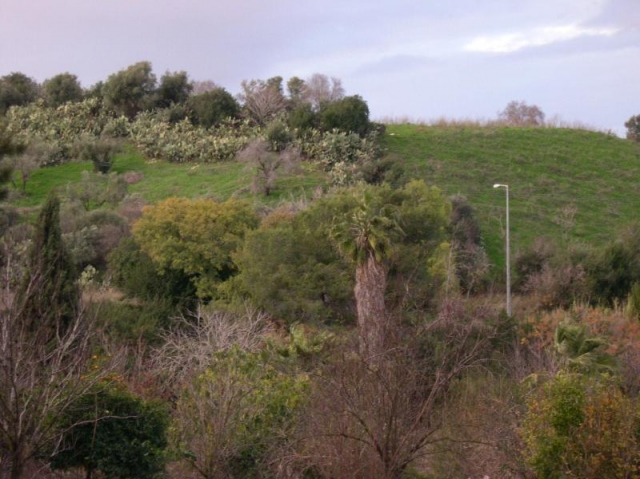Info
District: Haifa
Population 1948: 840
Occupation date: 10/04/1948
Jewish settlements on village/town land before 1948: None
Jewish settlements on village/town land after 1948: None
Background:
Abu Shusha Before 1948
Located 26 km away from Haifa on both sides of a small, wide wadi on the southern edge of the plain of Marj ibn 'Amir, and west of the archeological site of Tall Abu Shusha, the village was linked by a highway to Haifa and Jenin. In the late nineteenth century, it was described as a small hamlet that drew its water from a spring to the west. Its population was Muslim, and some of its houses were built of masonry, with roofs of mud and straw, while others were made of concrete. Abu Shusha had a mosque and an elementary school, and water was available from many sources. Animal husbandry and (both rainfed and irrigated) agriculture were at the centre of the village economy, with grain as the main crop, but also vegetables, tobacco, and various types of fruit trees. A grain mill was located on the northeastern edge of the site. The archeological evidence on the site points towards a long and rich cultural past.
Occupation, Depopulation, and Israeli Settlements
In early April 1948, the village of Abu Shusha was raided by units of the Giv'ati Brigade's Second Battalion, in what appeared to be a 'retaliatory operation' to the killing of a guard from a nearby Jewish settlement on land belonging to the village. The History of the Haganah, which states these events, makes no mention of Arab casualties.
Abu Shusha later became one of the first villages in Lower Galilee to fall in the wake of the battle of Mishmar ha-'Emeq, which began on 4 April 1948, when the Arab Liberation Army (ALA) launched an offensive aimed at occupying the Jewish kibbutz there. This was probably in retaliation for the role of the settlement in the attack on al-Ghubayya al-Tahta. The battle, however, failed in its objectives. Even though a truce was proposed with British mediation after the ALA's attack on the settlement ended in a standoff, the Haganah rejected the offer, and decided instead to counterattack extensively, occupying and destroying the surrounding villages. According to New York Times, on the night of 8-9 April units of the Haganah besieged in Mishmar ha-'Emeq broke out and occupied the villages of Abu Shusha, Abu Zurayq, and al-Naghghiyya. These units belonged to the First Battalion of the Palmach, and to the Carmeli and Alexandroni Brigades.
In an account of the villages captured in the battle of Mishmar ha-'Emeq, a high-ranking official of the Jewish National Fund wrote: 'Our army is steadily conquering Arab villages and the inhabitants are afraid and flee like mice.' By 12 April, Palmach forced occupied five villages in the area, and by 14 April the number rose to ten. Historian Benny Morris indicates that each village was systematically destroyed on the night it was taken, and that the villagers who had not fled were expelled. New York Times, however, reports that after being evacuated on the night of 11-12 April, Abu Shusha was reoccupied on 12 April, and that 'many' houses have been blown up as a 'punitive measure'. Seizing the village enabled Zionist forces to gain control of the Jinin-Haifa road.
In 1926, the settlement of Mishmar ha-'Emeq was established less than 1 km south of the site.
The Village Today
Only the debris of houses overgrown with cactuses remains now of the village of Abu Shusha. The area in Marj ibn 'Amir are planted in various crops such as cotton, while on the hilly lands olive trees grow in a fenced-in area that serves as a pasture.
---------------------------------------------
Source: al-Khalidi, Walid (ed.). All that remains: the Palestinian villages occupied and depopulated by Israel in 1948. Washington DC: 1992.



